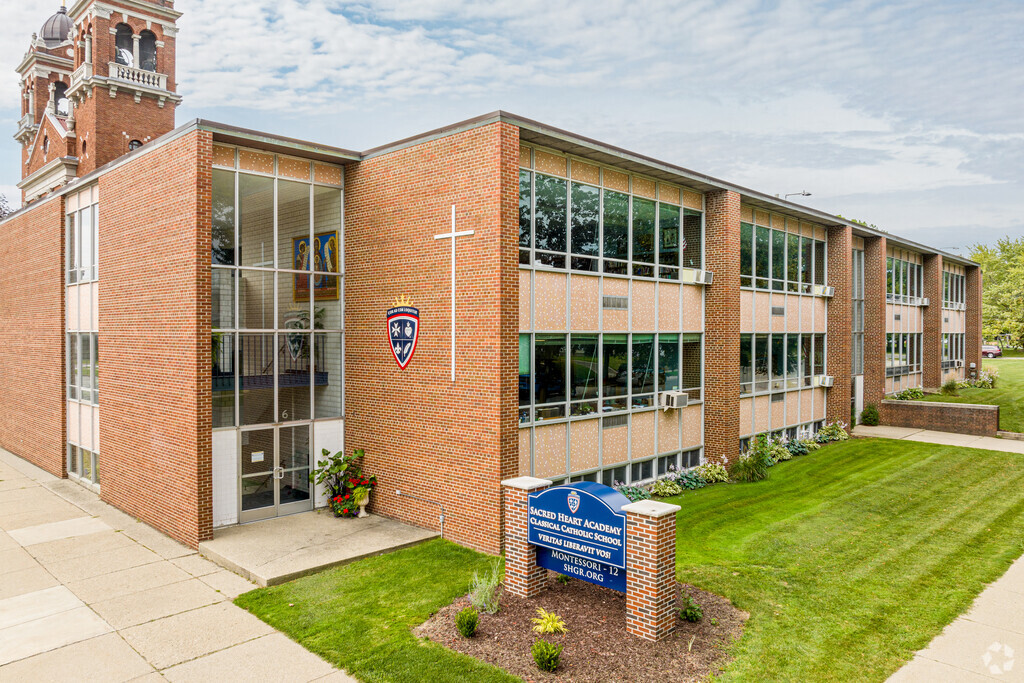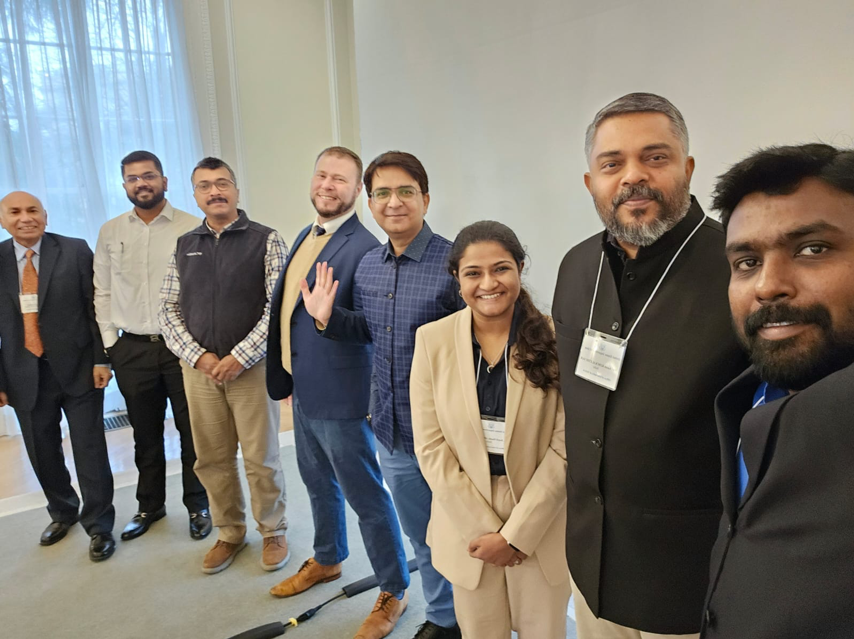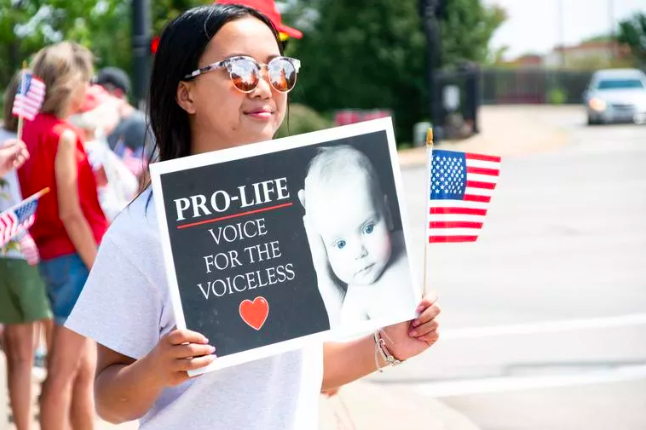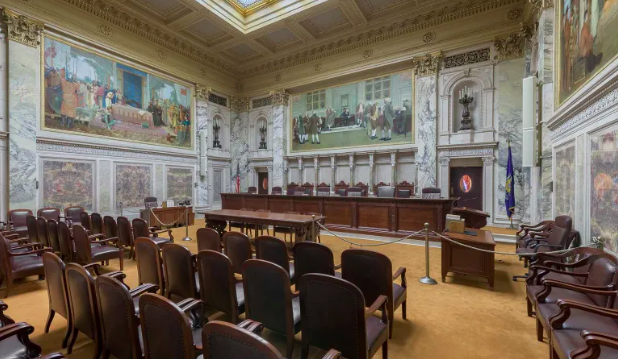On October 8-9, the Religious Freedom project, together with several sponsors, including the British Council, hosted a public dialogue on religious freedom policy and opportunities for transatlantic cooperation on this issue. However, differences among Western democracies are significant. These blog entries further explore this issue, and they also discuss the state of religious freedom in countries that are often the targets of the West’s policies.
By: Faizan Mustafa
Julio Riberio, former director-general of the police of Punjab, said, “Today in the 86th year, I feel threatened, not wanted, reduced to a stranger in my own country. The same category of citizens who had put their trust in me to rescue them from a force they could not comprehend have now come out of woodwork to condemn me for practising a religion that is different from theirs. I am not an Indian anymore, at least in the eyes of the proponents of Hindu Rashtra.” Many prominent members of religious minorities and liberal Hindus feel the same way today.
Forget about your right to eat what you want. The fight is now over your right not to be killed for what you eat. The killing of a man just 30 miles away from the prime minister’s residence is a direct product of hysteria deliberately created in different parts of the country over the issue of cow slaughter. Prime Minister Modi himself raised the“pink revolution” issue several times in 2014 elections.
When in power, communal political groups officially subjugate democratic values; when in opposition, they create pressure on the system in an attempt to undermine liberal and democratic values. The religious bigots are everywhere and they intimidate the liberals in Indian society. The statements of rightist leaders are a classic example of such intimidation. The erosion of democratic principles by communal politics are serious enough to warrant our attention.
In 2014, a rightist party was elected, and the last year and a half has been the most challenging time for freedom of religion in India. Religious minorities are feeling the heat of new dispensation. Ruling party members, ministers and RSS have been making statements which are intended to curtail the freedom of religion.
The federal culture minister has been talking of “cleansing” India’s public discourse, culture, and education of “cultural pollution.” The real meaning of this “cultural cleansing” is being seen in the murderous violence and threats against activists, writers, and filmmakers, as well as in the bans on free speech and non-vegetarian food and in the organized intimidation against interfaith friendships, love, and marriage—all performed by a range of Hindu majoritarian outfits.
Threatened Indian Secularism
Secularism in India was not aimed to create a wall of separation between the church and state but to assure minorities that their culture, religion, and identity would be protected and a majoritarian view would not be imposed on them. Today there are clear signs of the majoritarian view of religion being imposed on minorities. In this post, I aim to outline some examples of this imposition:
Curtailment of Religious Freedom by the Judiciary
Recently, the Supreme Court took upon itself the responsibility to determine what is integral to the practice of a given religion and what is not. This test is called the “essentiality” test. But this exercise of determining the essential practices of a religion leads to obscure results and tends to lead the court into an area which is beyond its competence. The essentiality test was crystallized in the temple entry case. A Muslim police officer challenged a regulation which did not permit him to grow a beard. It is disgusting to note that rather than looking at the question of essentiality of beard in Islam, the court rejected the petitioner’s argument by simply relying on the irrelevant fact that certain Muslim dignitaries do not sport a beard. The mosque too was held non-essential.
The court should not privilege certain religious practices over others. These are purely religious questions which should be left to clergy. The essentiality test assumes that some practices are central to religion and others are just incidental. This is not the correct understanding of religion as all elements and practices together constitute a religion.
Non Hindus: Not Entitled to Affirmative Action
The scheduled Castes Presidential Order in 1950 included only Hindus as possible recipients of affirmative action. Sikhs were added in 1956 and Buddhists in 1990. Christians and Muslims who share vocation based caste system with Hindus have been excluded. If a Hindu converts to Islam or Christianity, he loses the benefit of affirmative action, but if he reconverts to Hinduism, he gets back his reservation.
Anti-Conversion Laws: The Proposal to have a Federal Law
The religious conversion decision of the apex court also limits freedom of religion. The most important case relating to the conversion is Rev. Stanislau. It was argued that since anti-conversion laws prohibit conversions, they are contrary to constitution as they are hindrance in the “propagation” of one’s religion. But the Supreme Court upheld their validity. The right to propagate one’s idea is inherent in the concept of freedom of speech and expression. Freedom of conscience includes freedom to change the religion or belief. Freedom of conscience means a person is free to entertain any belief. This implies that the state cannot enquire into or take notice of a citizen’s religious beliefs. A number of states already have anti-conversion laws and the BJP has been advocating for a central law on conversion.
Communalism & Religious Freedom
Communalism is a disease that warps the mind and makes a man look at life through tainted glasses so that he cannot see any good in a man unless he belongs to his own community. Today communalism has infected all walks of life. Riots have been used to teach Muslims a lesson for the real and or imagined sins of 700 years of Muslim rule and for partitioning the country. The goal has been to terrorize Muslims into complete submission as subjects and to instill fear in them so that they do not claim their rights as citizens. Riots are a substitute when total genocidal operation seems an obvious impossibility. The selection of time, place, and modalities of riots and the rising and falling curve of its graph can easily establish this macro-level plan of engineering riots. The fact that these riots have targeted minorities is clear from various independent enquiry reports and judicial probes, although all judicial probes found a program against Muslims.
Recent Events That Threaten All Freedoms
-
Silencing rationalist thinkers like Narendra Dhabholkar, Govind Pansare, and M. M. Kalburgi
-
Issuing of stamps to honor Yogi Avaidyanath, who led the Ram temple movement, which led to demolition of historic Babri Mosque
-
Frequent condemnation of Nehruvian secularism
-
Packing of institutions with rightist elements; secularists are removed even prior to end of their terms
-
Denial of jobs: “We do not hire Muslims,” a Mumbai Company responded within house
-
Vishva Hindu Parishad’s demand of construction of Ram temple by next year
-
Denial of Houses to Muslims including Muslim celebri
ties
Faizan Mustafa is the vice-chancellor of the National Academy of Legal Studies and Research, located in Hyderabad, India.
This piece was originally authored on October 19, 2015 for the Religious Freedom Project at Georgetown’s Berkley Center for Religion, Peace, and World Affairs.
THE RFI BLOG

Be More Faithful, Become More Resilient: An Invitation to Religious Institutions

How Soccer Reveals Different Meanings Of ‘Secular’ In France And The US

RFI’s Ismail Royer Meets with Delegation from India

Protecting the Unborn, Mothers, and Medical Ethics: The Stakes of Arkansas’ Amendment

Wisconsin Supreme Court Punishes Catholic Charities for Serving Everyone
CORNERSTONE FORUM

Public Bioethics & the Failure of Expressive Individualism

Religious Liberty in American Higher Education

Scotland’s Kate Forbes and the March of Secularism

70 Years of Religious Freedom in Sweden: Prospects and Challenges


